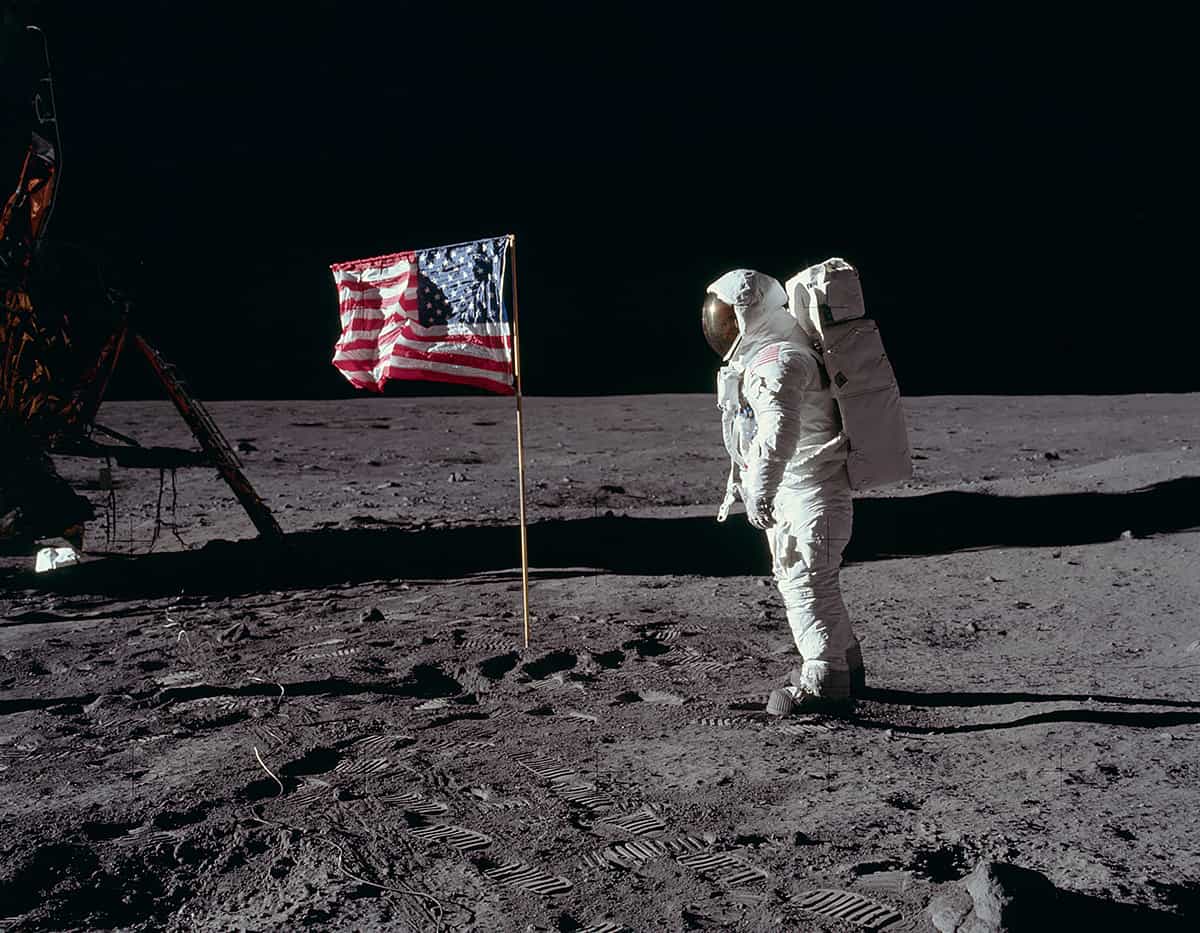
Policy choices that support massive investments in water and energy research and development (R&D) can potentially lead to improved technical solutions in the long run. However, research investments in water and energy pale in comparison to health, space, and defense research budgets. Energy R&D spending peaked in the 1970s in response to two different energy crises at nearly $8 billion of annual investment. Through most of the first decade of the twenty-first century, total annual federal R&D funding was about $2 billion.
Under President Barack Obama, energy R&D more than doubled, exceeding $4 billion annually, as part of the American Recovery and Reinvestment Act (ARRA) and other stimulus provisions executed in response to the economic collapse of 2008. Those investments prioritized alternative and domestic energy sources and included significant funding for large projects such as the widespread implementation of smart meters. In late 2015, private stakeholders, such as Bill Gates, launched a multi-billion-dollar clean technology initiative for which they issued a companion call for broader governmental R&D investments in clean energy and water. Whether policy makers will respond to that call is hard to foresee.

Water R&D investments are an even smaller fraction of total U.S. R&D spending. They are so small that the U.S. government does not track those expenditures with a separate line item in the yearly budget, making it difficult to provide firm estimates of total spending. Further, no Department of Water exists to oversee and coordinate research. Water R&D has not been a consistent priority, and investment has endured erratic boom and bust cycles.1S.R. Kirshenbaum and M.E. Webber, “Time For Another Giant Leap For Mankind,” Issues in Science and Technology 28 (2012). During the 1960s and 1970s, the U.S. government cumulatively spent over $1 billion (without adjusting for inflation) on desalination R&D alone. The Water Resources Research Act of 1964 (WRRA) led to the creation of the Office of Water Research and Technology in the Department of the Interior in 1974 to promote water resources management. The WRRA also helped to establish water research institutes at universities and colleges. Three years later, the Water Research and Conservation Act authorized $40 million for the construction of demonstration-scale desalination plants. The following year, the Water Research and Development Act extended funding through 1980.
Just eight years after its launch, the Reagan administration abolished the Office of Water Research and Technology, distributing its authority over water programs among various agencies. Because a host of agencies and departments share responsibility for water programs, tracking government R&D spending on water is difficult. As a consequence of low prioritization, progress in water innovations seems halting and stunted, especially when compared to the advances that have occurred in parallel for information technology, energy, and health care.
“Just imagine what we would have accomplished by now had we devoted the same attention to looking for water on Earth as looking for water on the moon.”
Sheril Kirshenbaum
Image Credits: NASA/public domain.
Update your browser to view this website correctly.Update my browser now